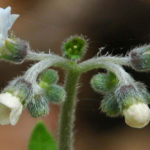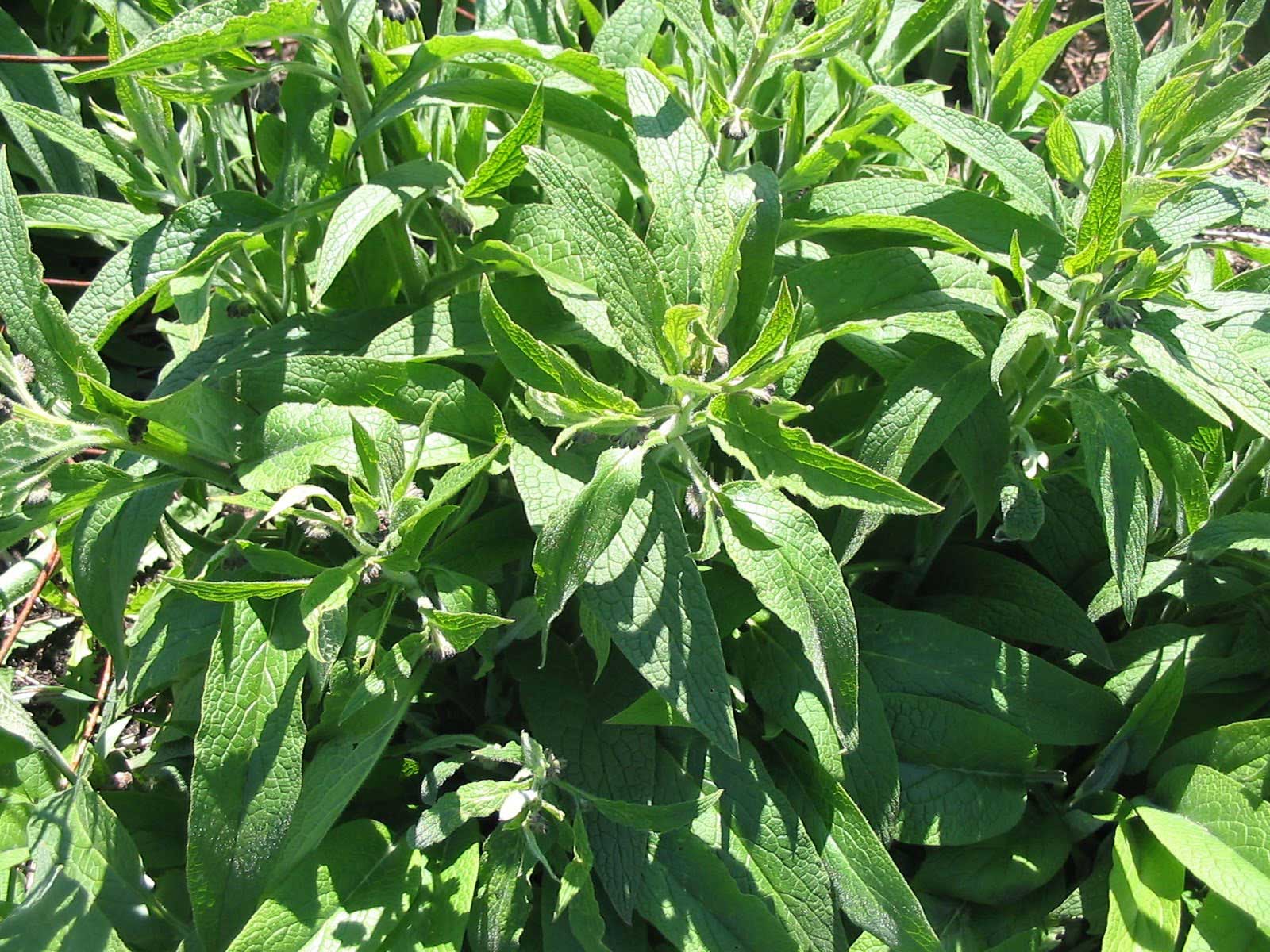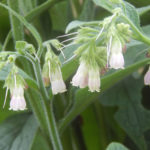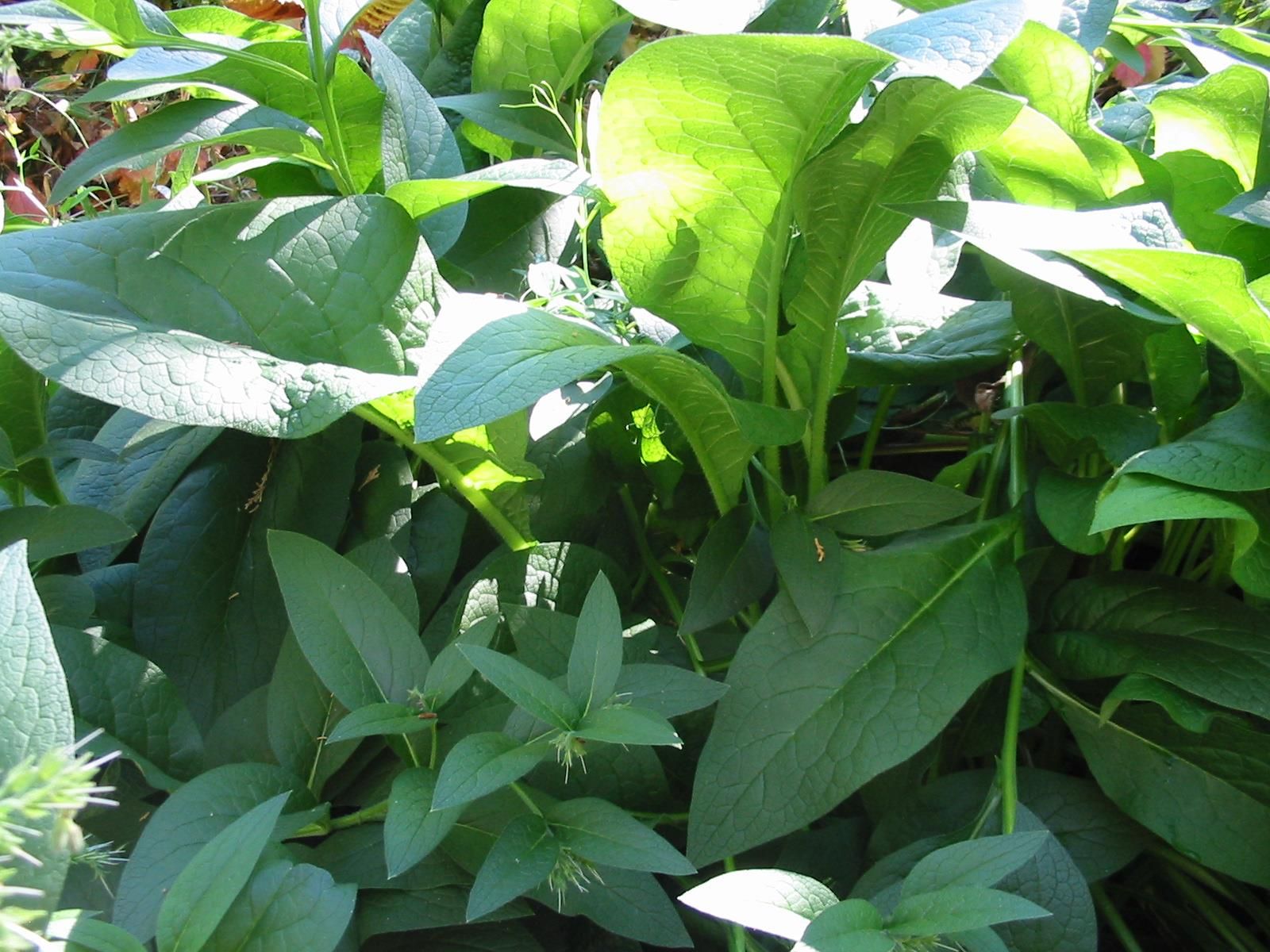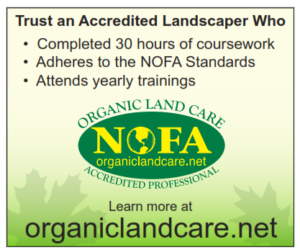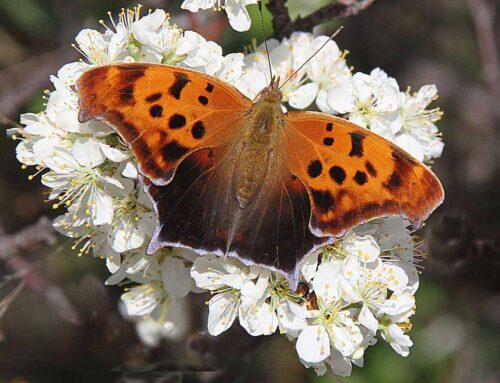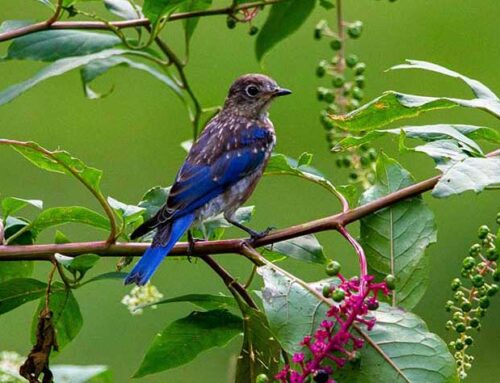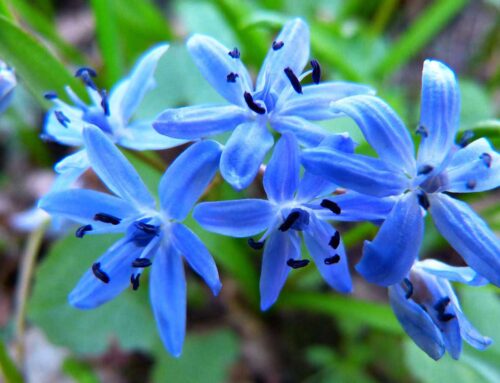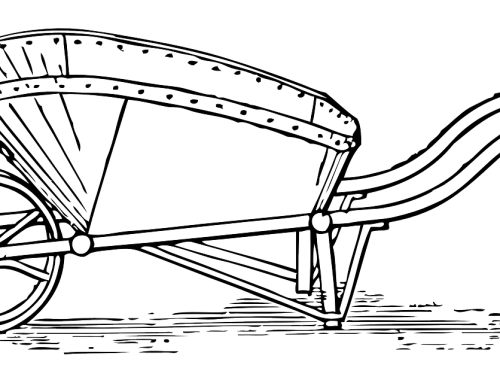Sustainable Landscaping with Native Plants
“If you have a garden and a library, you have everything you need.”
A native plant of Northeast North America along streams, lakes and other bodies of water, wild comfrey is a coarse, hairy plant with pointed leaves and white or purple bell-shaped flowers. A tea made from the plant’s leaves can be applied to stings, insect bites, burns and wounds to relieve pain and fight inflammation — but do not drink the tea because it may be carcinogenic.
Cynoglossum virginianum, also known as the wild comfrey, is a plant native to North America. It is also sometimes called the blue houndstongue. It gets its name from the appearance of its leaves that look like a dog’s tongue, which translates to Cynoglossum in Greek.
Cynoglossum virginianum is an erect, unbranched perennial with rough fine hair on its leaves and stem. Their leaves are simple, entire, and have an alternate pattern. The leaves are denser at the lower end of the stem and they get smaller going up the stem. It has two to six racemes. The flowers have five deep lobes that are connected to a superior ovary which in turn is connected to the style. The flowers have rounded, light blue corollas that overlap each other. The corollas alternate with stamen with anthers. It flowers from May to June and produces fruits from July to August.
The drooping, tubular, pink flowers of Common Comfrey are a familiar sight to many gardeners. Sometimes considered a ‘weed’, this hairy plant can be used as an organic fertilizer and a form of slug control. It has become an important plant for organic gardeners as its roots reach deep into the soil making it rich in minerals, while its leaves can be used for slug control, as a fertilizer and as a composting aid.
Comfrey is a remarkable plant. It can be used to create a powerful liquid fertiliser, as well as a compost activator to produce enriched compost. It can create a fertiliser base within the soil, as well as a nutritious mulch on top. You can also use the dead leaves to make leaf mould as a nutritious potting compost.
Comfrey leaves contain the vital nutrients of nitrogen, phosphorus and potassium – all of which are needed by growing plants. These nutrients are released as the leaves decay. Potassium is used particularly to promote healthy flowers, seed and fruit: comfrey leaves contain up to three times more potassium than farmyard manure.
At Lincoln Landscaping cultivating the environment is our life and livelihood. It is our number one goal to help our clients create and maintain beautiful landscapes while reducing the impact on the environment. Whether you are interested in a pollinator landscape garden design and build or other landscaping or property management project; we can create for you an environmentally friendly, organic and beautiful property.
Lincoln Landscaping of Franklin Lakes offers complete
organic landscaping, lawn care, turf and property management services.
Lincoln Landscaping “The Natural Choice”
Mike Kolenut President & CEO
https://lincolnlandscapinginc.com
(201) 848-9699

